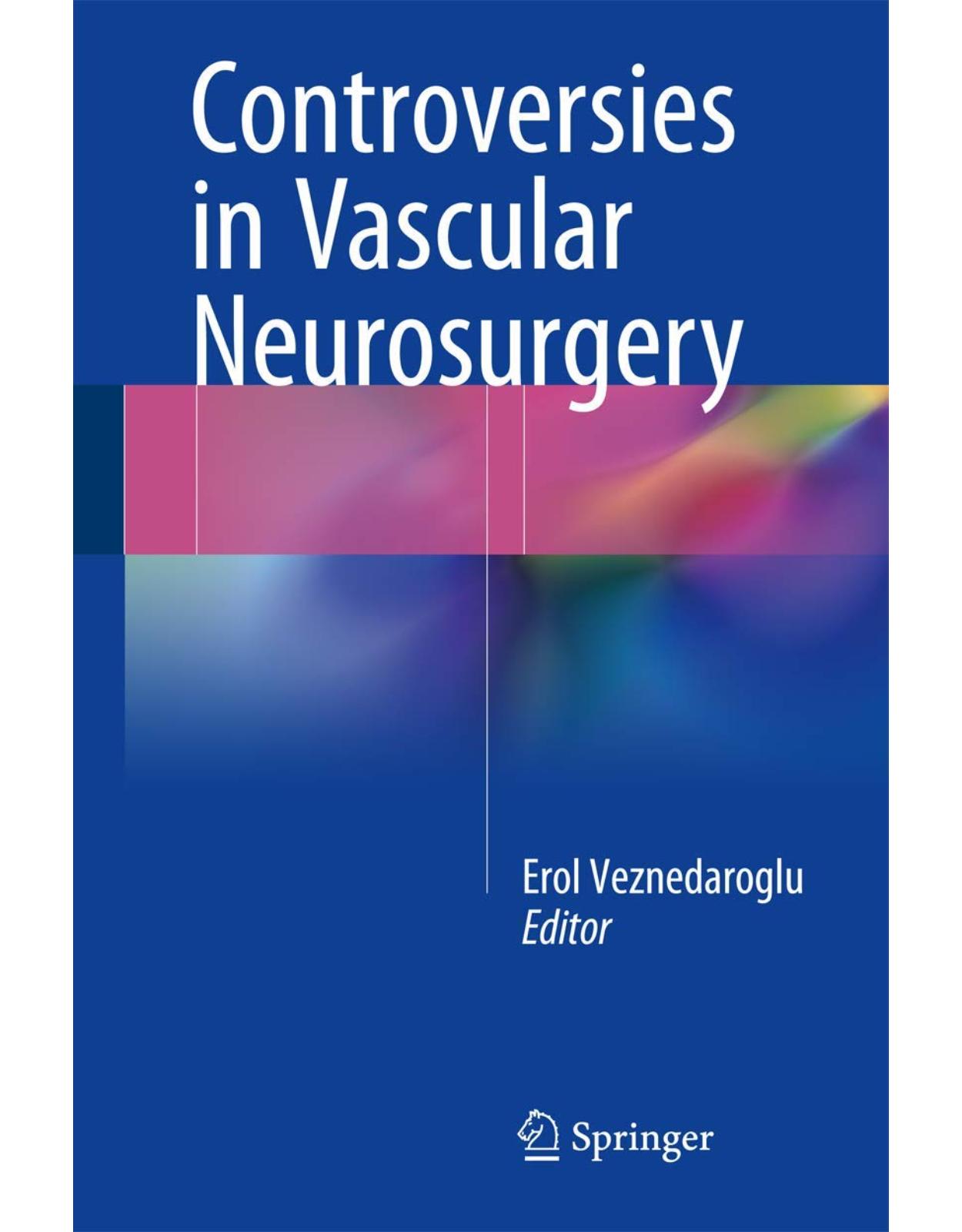
Controversies in Vascular Neurosurgery
Livrare gratis la comenzi peste 500 RON. Pentru celelalte comenzi livrarea este 20 RON.
Disponibilitate: La comanda in aproximativ 4 saptamani
Autor: Veznedaroglu
Editura: Springer
Limba: Engleza
Nr. pagini: 232
Coperta: Hardcover
Dimensiuni: 15.75 x 1.78 x 23.37 cm
An aparitie: 2016
Description:
This concise, easy-to-use book offers expert insights into current controversies in vascular neurosurgery with a view to providing the practitioner with authoritative practical guidance that will assist in the management of difficult disease entities. While vascular neurosurgery has undergone unprecedented advances during the past decade, enabling safer and easier access to previously untreatable pathology, this progress has been accompanied by confusion as to what constitutes best, or even acceptable, practice. Here, experts in the field discuss the various tools available and explain how best to use them when confronted by different pathologies, drawing upon their personal experience. Each chapter focuses on a specific case that is discussed by two experienced surgeons; a third author then evaluates the case, highlighting the available evidence and pearls in the treatment of that particular disease. The authors have been carefully chosen to provide a truly balanced viewpoint on paradigms that they themselves use. They therefore have a sound understanding of the thought processes of surgeons when dealing with challenging diseases for which there may be no single correct path. Furthermore, they are well placed to identify not only appropriate uses of new treatment options and technologies but also circumstances in which their use is best avoided. The ultimate benefactor of this book will be the patient: our biases as physicians should never become a patient’s morbidity.
Table of Contents:
1: Paraclinoid Aneurysms: Who to Treat with Craniotomy?
Introduction
Classification of Paraclinoid Aneurysms
Microsurgical Versus Endovascular Treatment
Surgical Treatment
Balloon Test Occlusion
Carotid Ligation
Microsurgical Management
Preoperative Planning
Intraoperative Neuromonitoring
Intraoperative Angiography
Surgical Exposure
Proximal Control
Techniques of Proximal Control/Methods to Reduce Aneurysm Size
Anterior Clinoidectomy
Extradural Clinoidectomy
Intradural Clinoidectomy
Subsequent Bony Exposure and Distal Dural Ring Dissection
Aneurysm Dissection/Clipping
Surgical Outcomes
Complications
Visual Outcomes
Intraoperative Aneurysm Rupture
Cranial Nerve Palsies
ICA Occlusion and Ischemia
Cerebrospinal Fluid Rhinorrhea
Mortality
Conclusions
References
2: Paraclinoid Aneurysms: Flow Diverters and Endovascular Treatment
Introduction
Anatomy and Classification Systems
Natural History, Treatment Indications, and Management Strategies
Treatment of Symptomatic Paraclinoid Aneurysms
Endovascular Considerations: Techniques, Results, and Outcomes
Historical Perspective
Therapeutic ICA Occlusion
Current Status
BTO Technique
Neurological Evaluation During BTO
Primary and Balloon-Assisted Coiling
Navigation of Microcatheters
Stent-Assisted Coiling
Flow Diversion
Strategies for Improving Results with the PED
Dual Antiplatelet Therapy
Correct Sizing
Optimal Deployment and Judicious Overlapping
Use of Coils
Indications
Complications
Radiological Outcomes
PED in Ruptured Aneurysms
Silk Stent
Other Flow Diverters
PED Flex
Flow-Redirection Endoluminal Device (FRED)
Surpass
Flow Diverters: The Future
References
3: Treatment Options for Paraclinoid Aneurysms: Discussion
4: Aneurysm Neck Remnants: A Strong Case Can Be Made for Re-treatment
Introduction
Incidence of the Aneurysm Neck Remnant (ANR)
Natural History of ANR
Re-treatment Risk
Advanced Imaging of ANR
Conclusion
References
5: Remnant Intracranial Aneurysms: Safety and Feasibility of Observation Over Retreatment
Introduction
Natural History of Intracranial Aneurysms
Remnant Aneurysms Following Surgical Clipping
Remnant Aneurysms Following Endovascular Coil Embolization
Retreatment Risks
Conclusion
References
6: Controversies in Vascular Neurosurgery: Aneurysm Remnants
Incidence
Natural History
Management
Conclusion
References
7: Basilar Artery Aneurysm: Role for Open Surgery
Introduction
Illustrative Case
Contemporary Surgical Series of Basilar Artery Aneurysms
Discussion
Conclusions
References
8: Craniotomy Is Over for Basilar Artery Aneurysms
Introduction
Basilar Apex Aneurysms
Novel Devices for Bifurcation Aneurysms
Aneurysm Recanalization and Coil Compaction
Basilar Trunk Aneurysms
Saccular Aneurysms
Fusiform Aneurysms
Vertebrobasilar Junction Aneurysms
References
9: Treatment of Basilar Artery Aneurysms: Natural Selection and Propagation of Endovascular Techn
Introduction
Discussion
Morbidity and Mortality of Treatment
Angioarchitectural Features Favoring Microsurgery
Intraprocedural Complications and Management
Treatment Decisions Based Upon Neurocognitive Outcome
Future Treatment Paradigms and Surgical Training
Conclusion
References
10: Surgical and Radiologic Intervention for Prevention of Ischemic Stroke
Extracranial Athero-occlusive Disease
Clinical Presentation and Natural Evolution of the Disease
Patient Evaluation
Management and Treatment
Conclusions
References
11: Whom I Stent
Introduction
Background
Current Evidence for Carotid Revascularization
Carotid Angioplasty and Stenting
The Carotid Angioplasty and Stenting Trials
Embolic Protection Options During Stenting Procedure
Consensus Recommendations for Treatment of Carotid Disease
Future of Therapy
Summary
References
12: Distal Protection for Carotid Artery Stenting: Where Is the Evidence?
Introduction
Distal Embolic Protection
The Evidence Against Distal Embolic Protection
Looking Beyond Distal Protection
Conclusions
References
13: Carotid Artery Stenosis: Discussion
Introduction
Carotid Endarterectomy
Carotid Artery Stenting
Carotid Endarterectomy Versus Carotid Artery Stenting
Stroke and Death
Myocardial Infarction
Restenosis
Other Complications
Cost-Effectiveness
Embolic Protection Devices
Conclusion
References
14: Arteriovenous Malformations: How We Changed Our Practice
Introduction
Anatomic Features
Epidemiology and Natural History
Clinical Presentation
Management
Surgery
Radiosurgery
Embolization
Medical Management With or Without Interventional Therapy for Unruptured Brain Arteriovenous Mal
The Treating Physicians
References
15: Discussion
References
16: Intra-arterial Treatment: Who and When
Who to Treat: Age
When to Treat: Time
When to Treat: Imaging
References
17: Acute Ischemic Stroke: Discussion
The Case Against Mechanical Thrombectomy of Acute Ischemic Strokes
The Case for Mechanical Thrombectomy of Acute Ischemic Strokes
References
18: Arterial Bypass
Introduction
Bypass Indications
Intracranial Aneurysms
Moyamoya Disease
Cerebral Ischemia
Skull Base Tumors
References
19: Cranial Dural AV Fistulas: Making Sense of Who to Treat and How
Introduction
Epidemiology
Clinical Presentation
Diagnostic Approach and Imaging
Grading
Natural History and Clinical Course
Treatment
Patient Selection for Treatment
Formulating a Treatment Strategy
Endovascular Management
Microsurgical Management
Stereotactic Radiosurgery
Cases
Conclusions
References
Index
| An aparitie | 2016 |
| Autor | Veznedaroglu |
| Dimensiuni | 15.75 x 1.78 x 23.37 cm |
| Editura | Springer |
| Format | Hardcover |
| ISBN | 9783319273136 |
| Limba | Engleza |
| Nr pag | 232 |

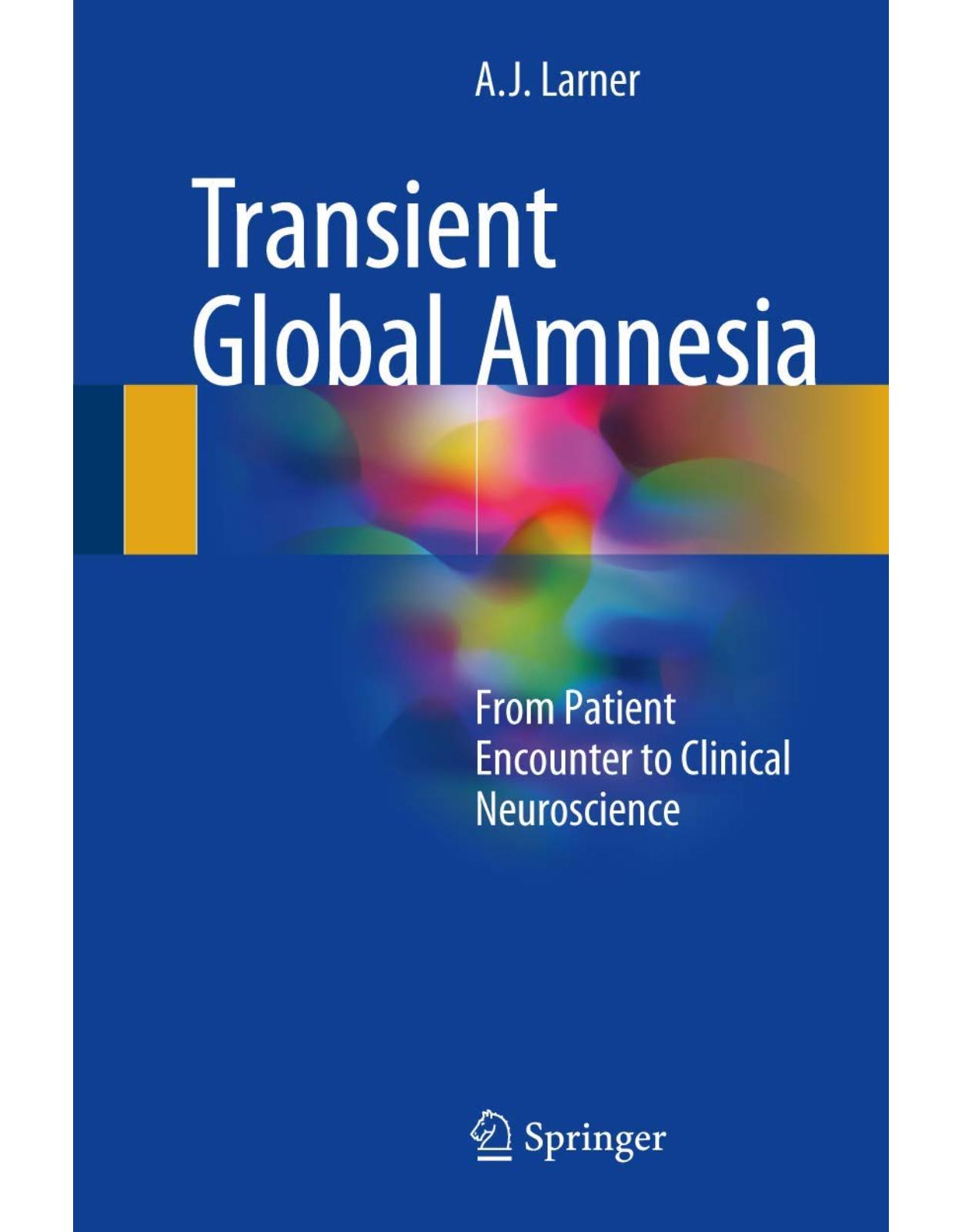
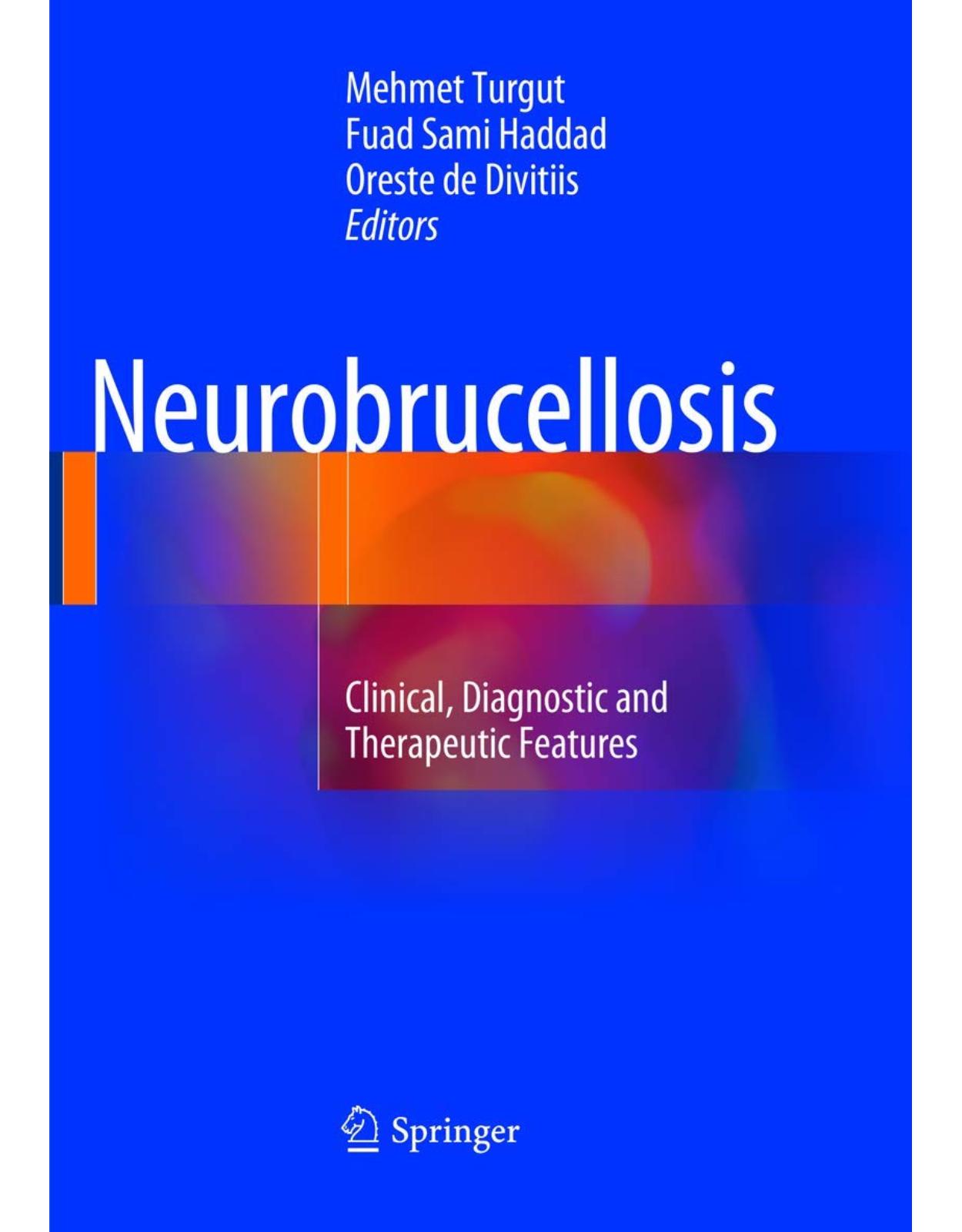
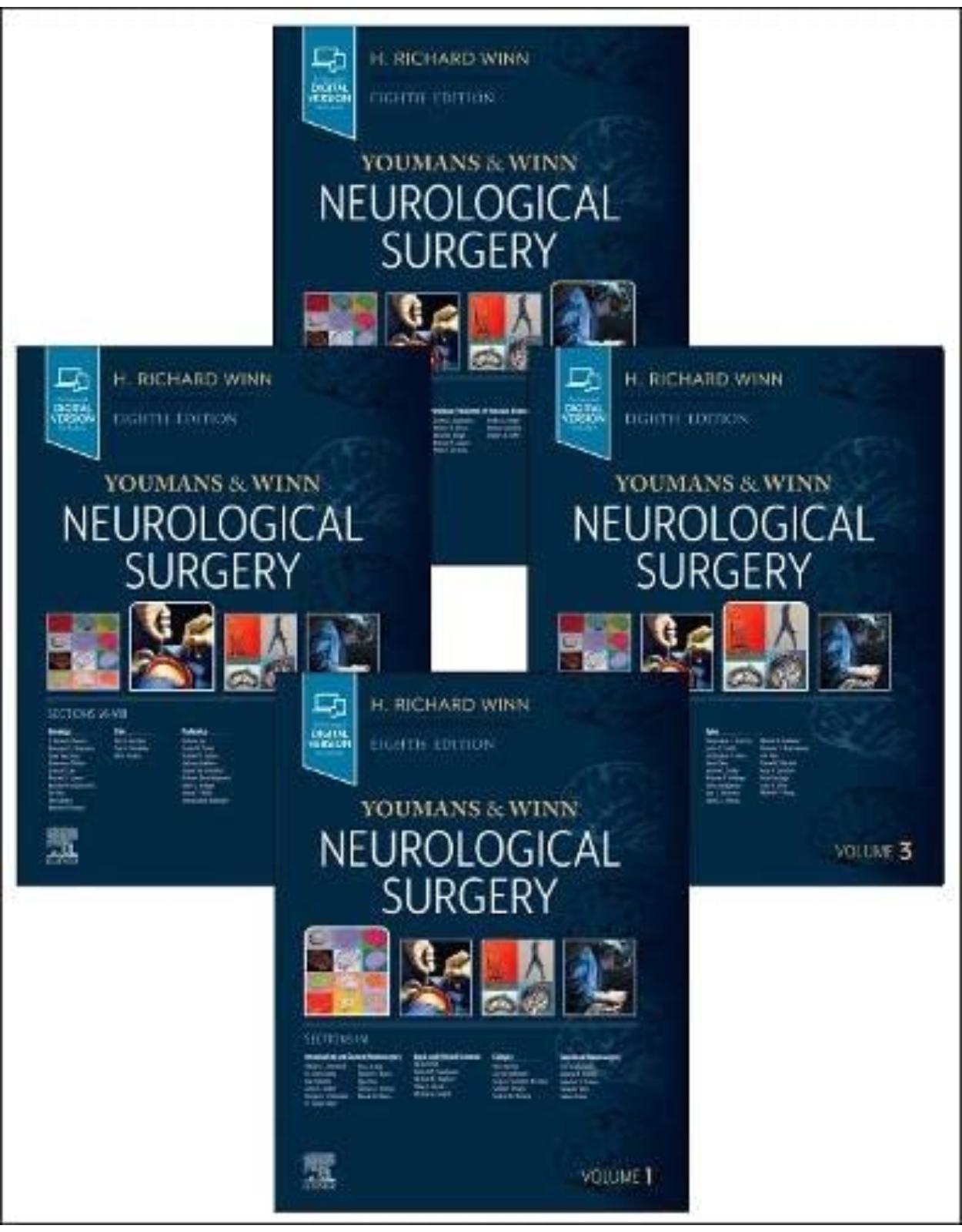
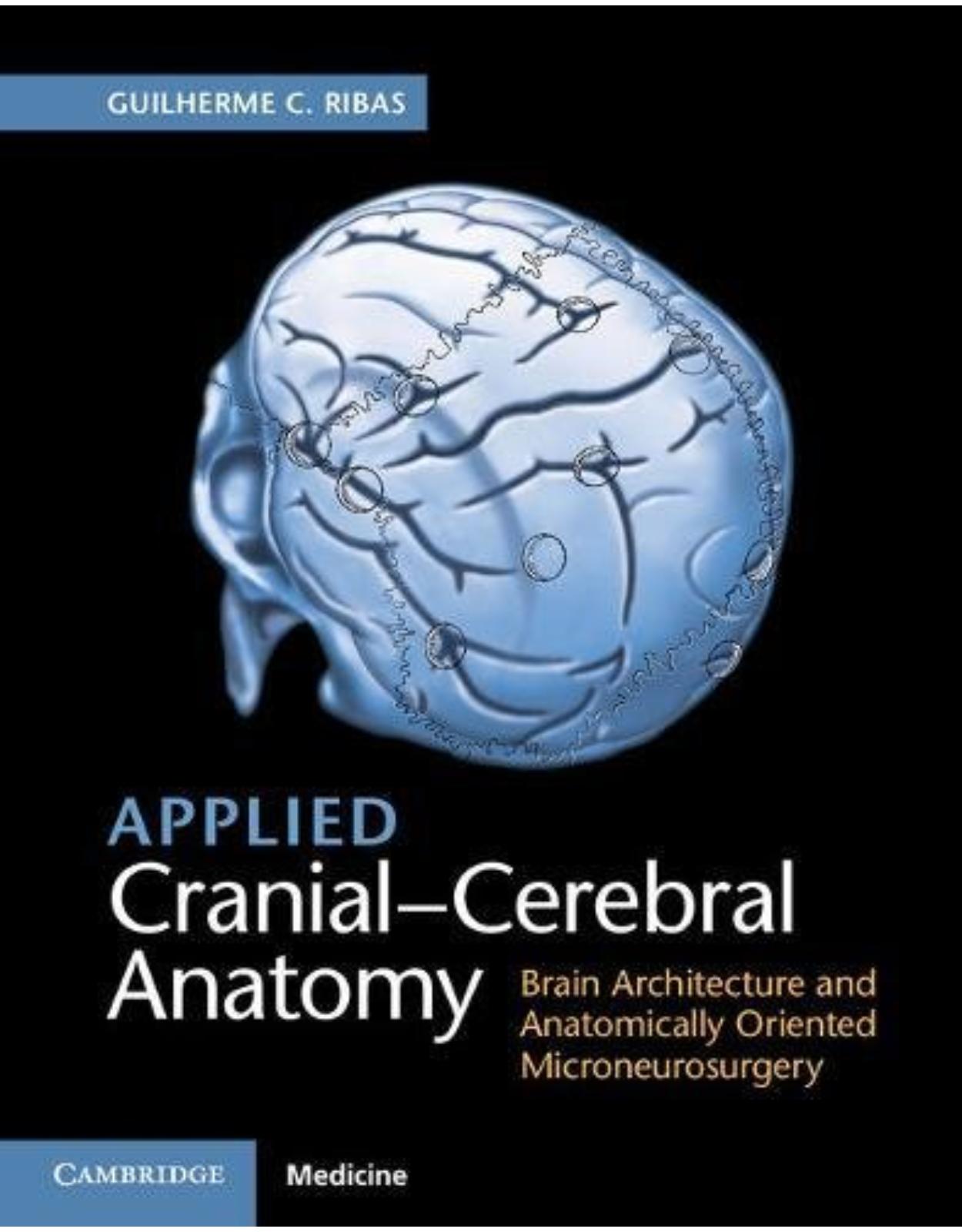
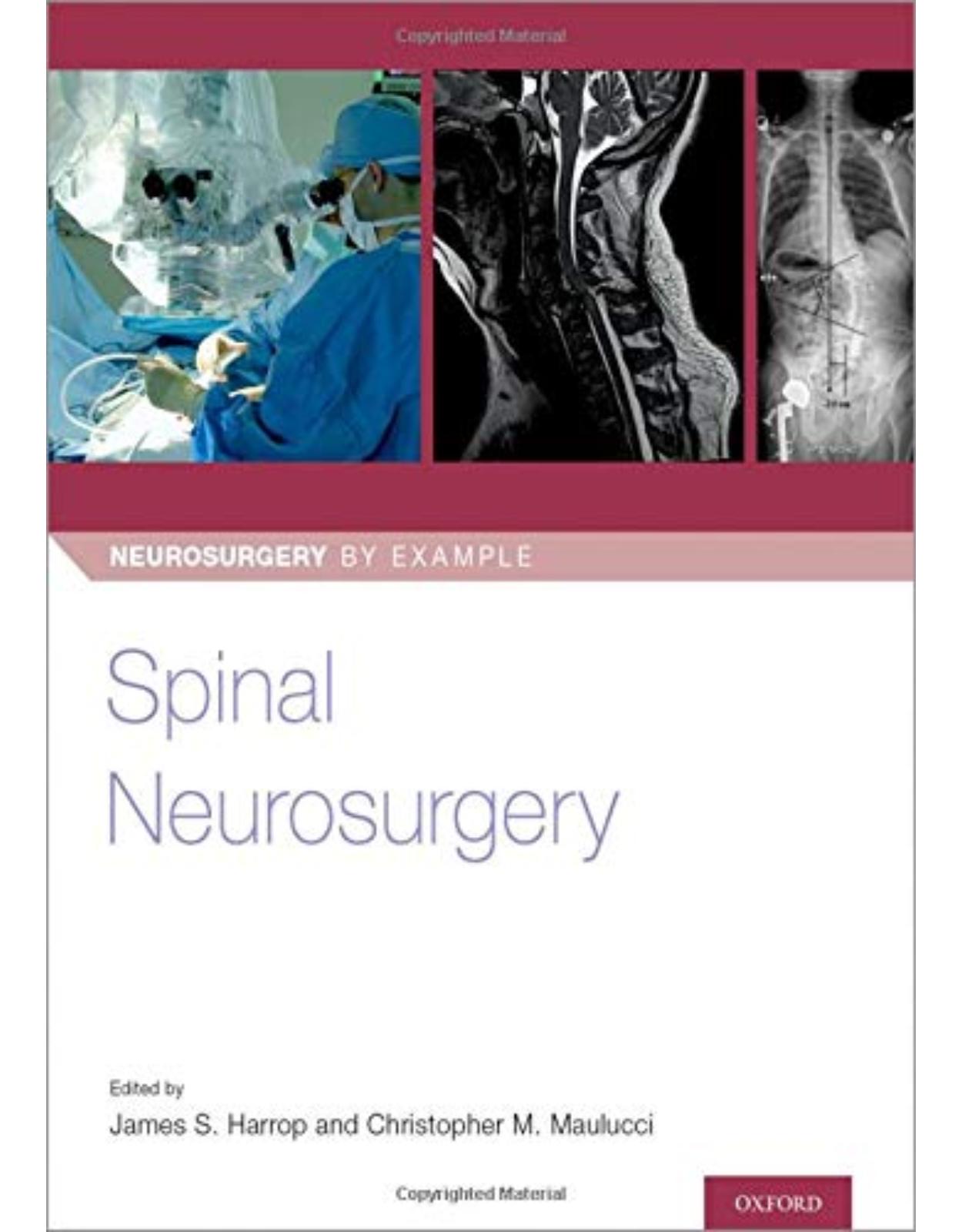
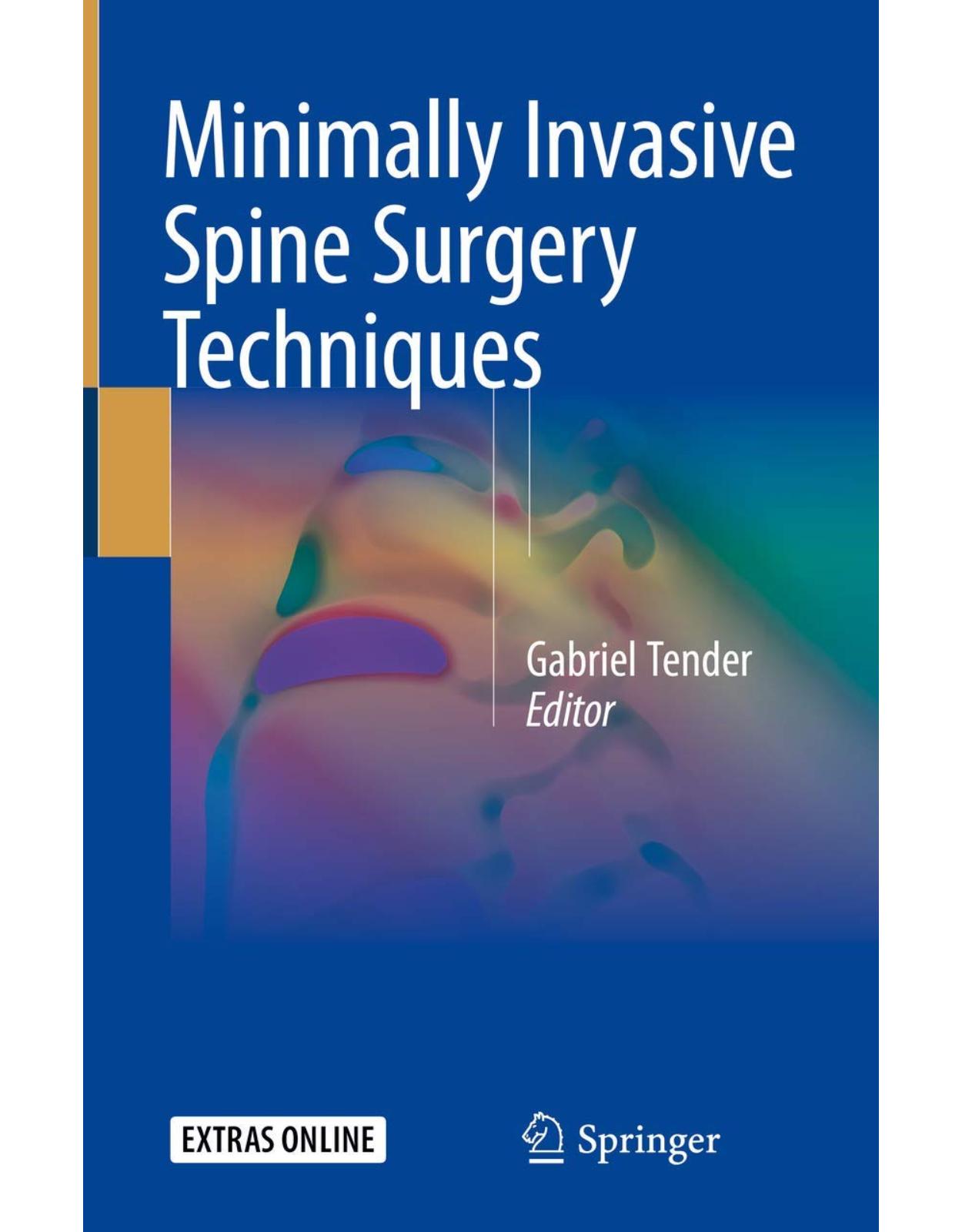

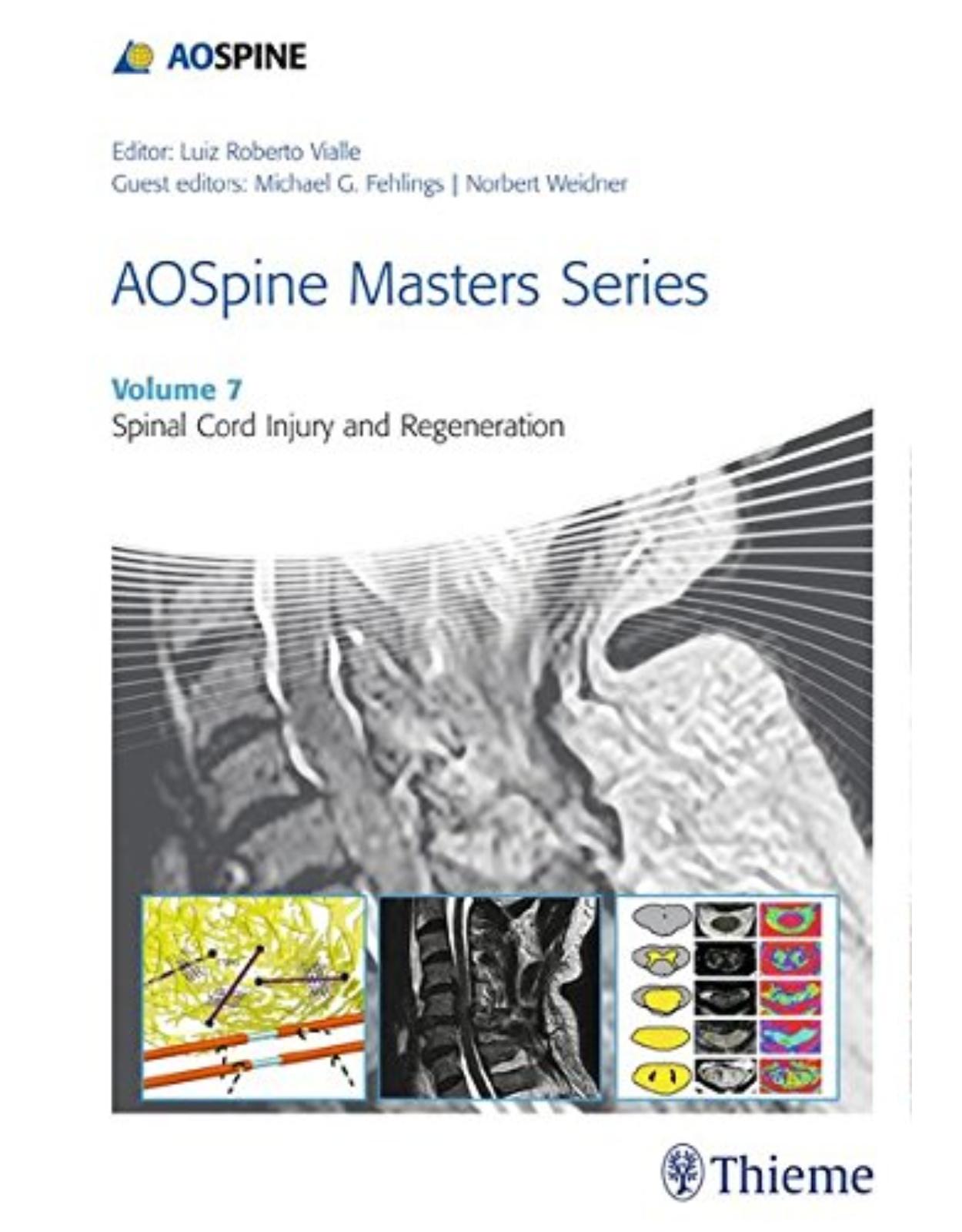
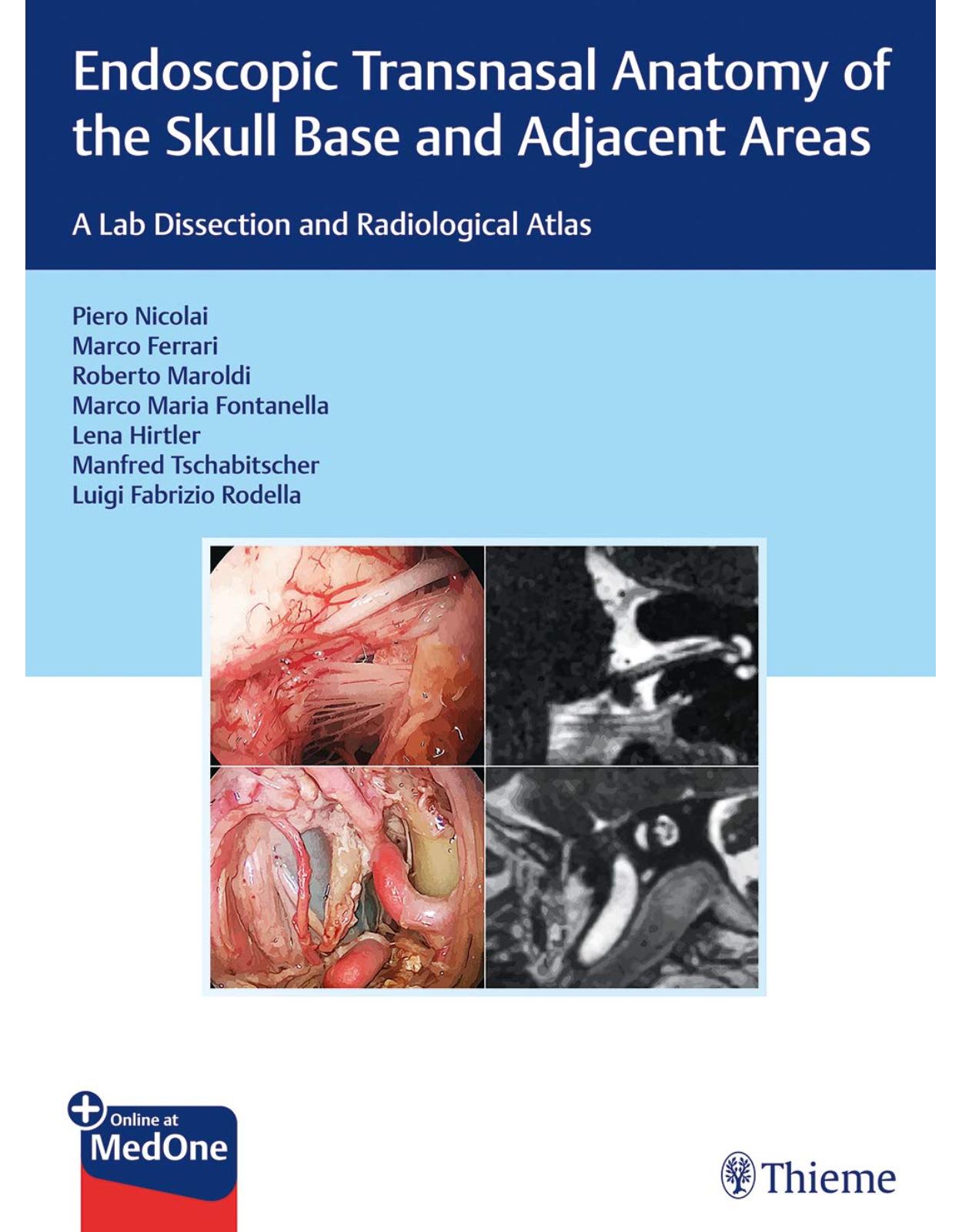
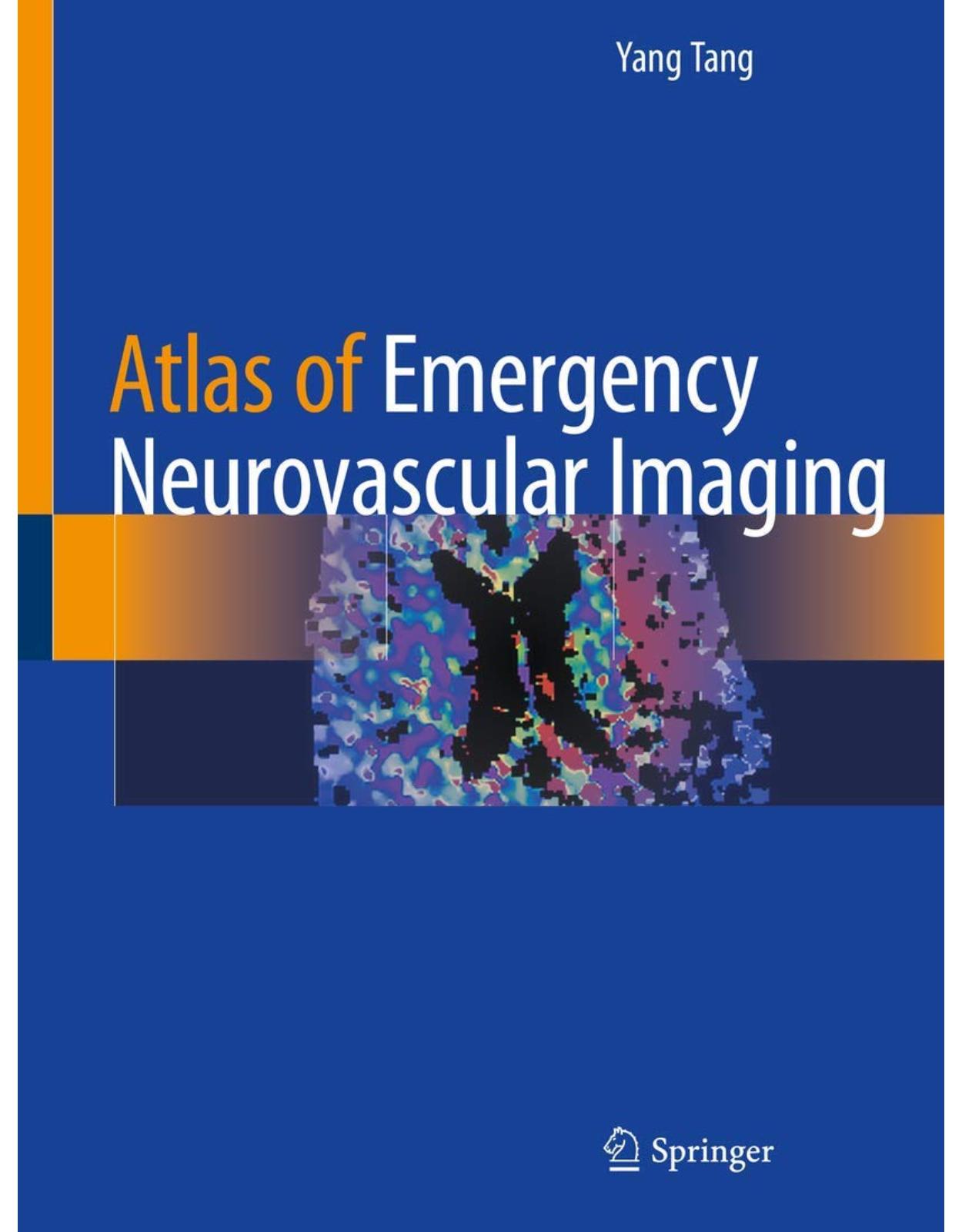
Clientii ebookshop.ro nu au adaugat inca opinii pentru acest produs. Fii primul care adauga o parere, folosind formularul de mai jos.